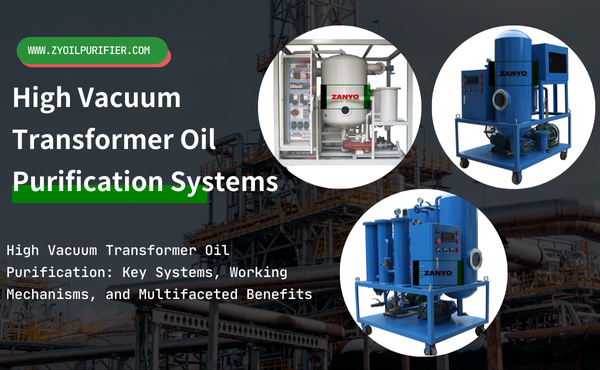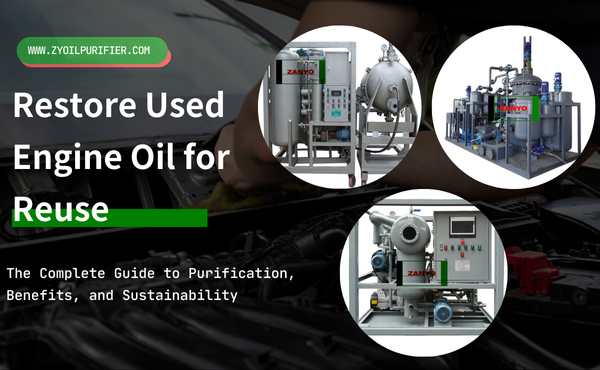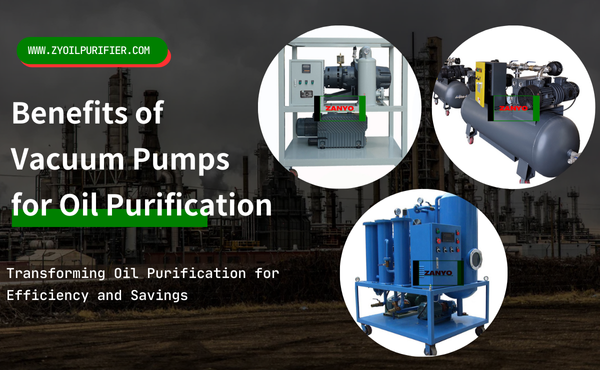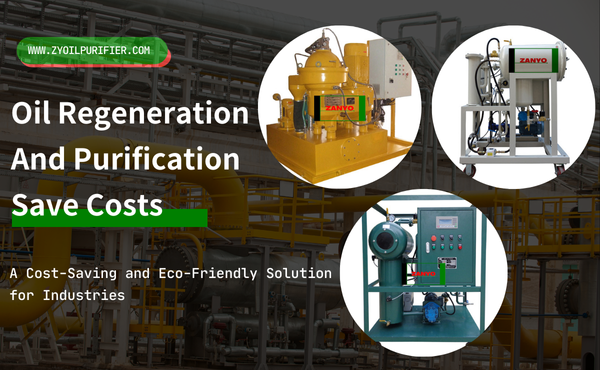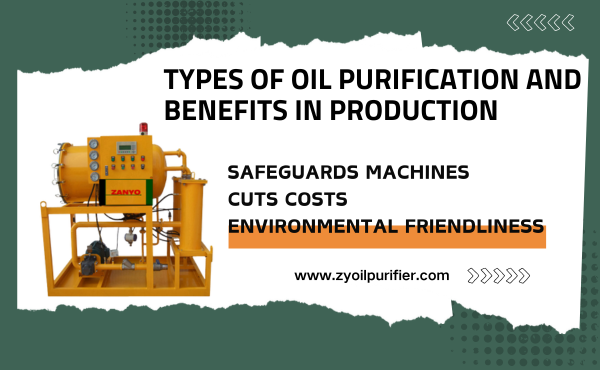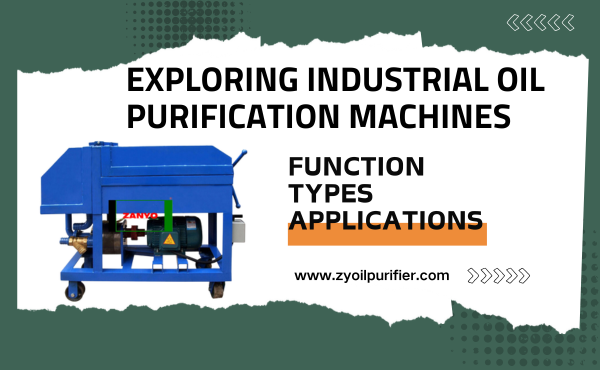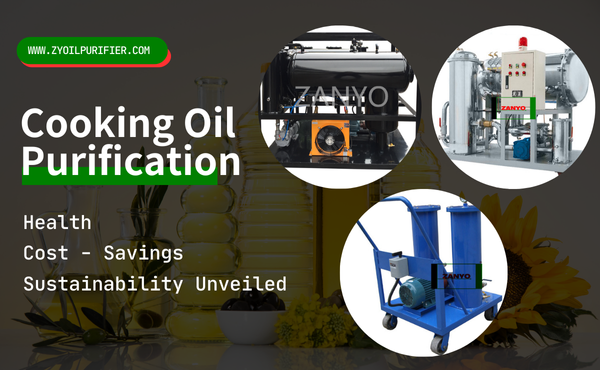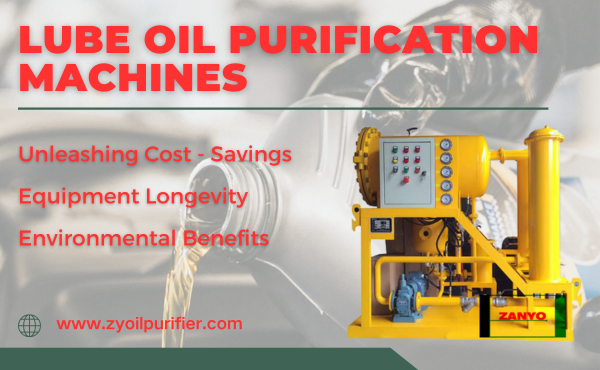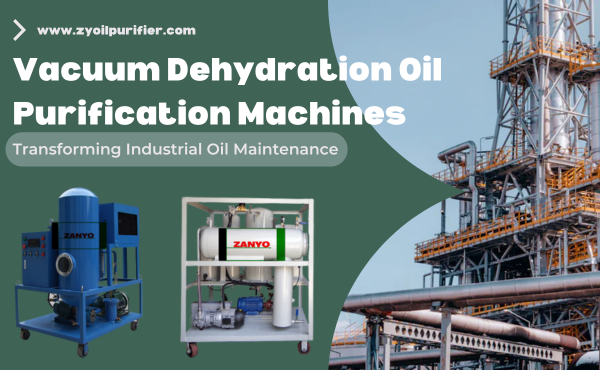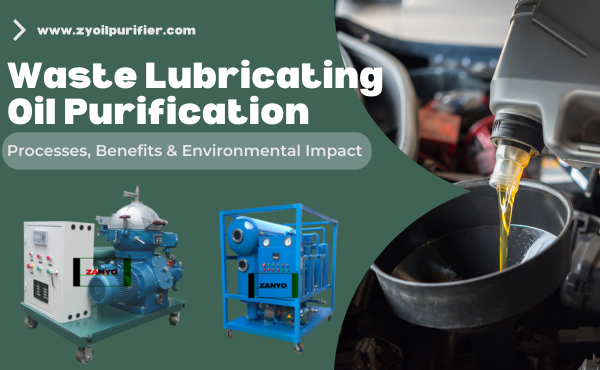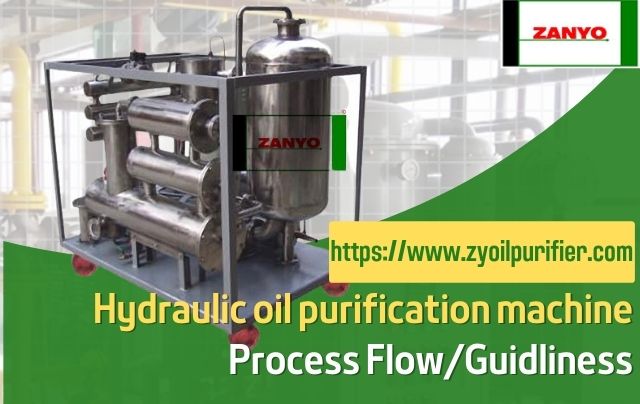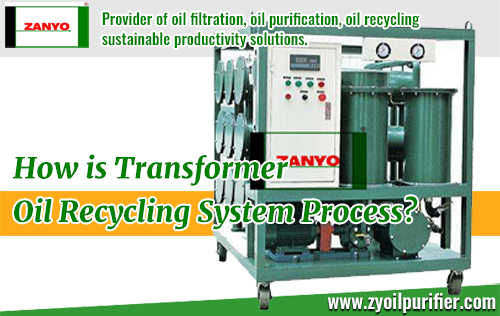Cooking oil plays a vital role in restaurant kitchens, but maintaining its quality can be challenging. Using a Cooking Oil Filtration Device helps you remove impurities and extend oil life. For example, Krispy Krunchy Chicken filters their oil twice daily, ensuring consistent food quality and reducing waste. This approach improves efficiency and sustainability.
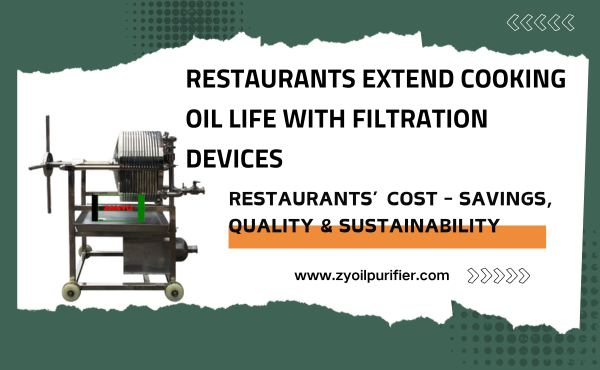
Key Takeaways
- Cooking Oil Filtration Devices help your oil last longer. This saves money and reduces waste.
- Filtering oil often makes food taste better and stay the same. This keeps customers happy and improves your restaurant’s image.
- Taking care of devices and teaching staff about oil use helps. It makes the kitchen work better and gets the most from the devices.
How Cooking Oil Filtration Devices Work

The Filtration Process
Cooking Oil Filtration Devices operate by removing impurities, water, and contaminants from used oil. The process begins with the oil being drawn into the device, where it undergoes multiple stages of filtration. A plate pressure system separates solid particles and water from the oil. Advanced models, like ZANYO’s devices, use a high vacuum system to dewater and deodorize the oil. This ensures that even trace amounts of water and gases are eliminated. Additionally, unique technologies such as 3D-Evaporation and multi-level water-oil separation enhance the efficiency of the process. These steps restore the oil’s clarity and quality, making it suitable for reuse.
| Feature | Description |
|---|---|
| Application | Purifies various types of used cooking oils, including vegetable oils. |
| Filtration Method | Utilizes a plate pressure system for effective impurity separation. |
| Vacuum System | High vacuum system for dewatering and deodorizing the oil. |
| Filter Elements | Stainless steel components ensure durability and acid resistance. |
| Unique Technology | 3D-Evaporation and multi-level separation remove trace water and gases. |
| Automation | Back flush system enables automatic cleaning of filter elements. |
Key Components of Filtration Devices
Every Cooking Oil Filtration Device consists of essential components that work together to purify oil. The filter elements, often made of stainless steel, trap solid particles and resist corrosion. A vacuum system removes water and odors, while the plate pressure system ensures thorough separation of impurities. Advanced devices also include automated cleaning systems, reducing maintenance efforts. These components ensure the device operates efficiently, extending the life of your cooking oil.
How Filtration Enhances Oil Quality
Using a Cooking Oil Filtration Device significantly improves the quality of your oil. Cleaner oil produces tastier food, which enhances your restaurant’s reputation. It also reduces the risk of cross-contamination, ensuring consistent food quality. By extending oil life, filtration devices lower the frequency of oil replacement, saving costs and reducing waste. Cleaner oil also minimizes the risk of fryer fires, creating a safer kitchen environment. These benefits make filtration an essential practice for any restaurant.
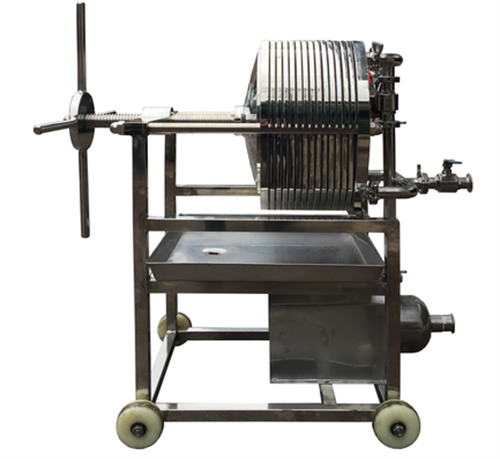
Types of Cooking Oil Filtration Devices
Portable Filtration Machines
Portable filtration machines offer flexibility and convenience. You can easily move these devices between fryers, making them ideal for kitchens with multiple frying stations. These machines effectively remove impurities and extend the life of your cooking oil. For example, studies show that specialized portable systems, such as varnish mitigation units, can save nearly 1,000 gallons of oil and extend its life by over three years.
| Case Study Description | Oil Saved | Cost Savings | Oil Life Extension |
|---|---|---|---|
| Offline Filter System Saves Manufacturer | 2,600+ Gallons | $616,916 | N/A |
| Specialized Anti-Static Filter Elements | N/A | $12.2K | +3 Years |
| Varnish Mitigation Unit | Nearly 1,000 Gallons | N/A | +3.5 Years |
Portable machines are also user-friendly, with features like automated cleaning systems that reduce maintenance time. These devices are a practical choice for restaurants aiming to improve efficiency without significant infrastructure changes.
Built-In Filtration Systems
Built-in filtration systems integrate directly into your fryers, offering seamless operation. These systems filter oil continuously or at scheduled intervals, ensuring consistent oil quality. You don’t need to transfer oil manually, which reduces the risk of spills and contamination. Built-in systems are particularly beneficial for high-volume kitchens where time and efficiency are critical. By maintaining oil quality automatically, these systems help you save time and reduce labor costs.
Manual vs. Automatic Filtration Devices
When choosing between manual and automatic filtration devices, consider your kitchen’s needs. Manual devices require more labor and attention. They are cost-effective for smaller operations but may lead to inconsistencies due to human error. Automatic devices, on the other hand, offer precision and efficiency. They minimize human involvement, ensuring consistent results and faster processing times.
| Aspect | Manual Filtration Devices | Automatic Filtration Devices |
|---|---|---|
| Precision | May vary due to human error | High precision with reduced variability |
| Efficiency | Time-consuming for large sample sizes | Faster processing times, handles more samples quickly |
| Human Error | Prone to inconsistencies due to manual handling | Minimizes human error, leading to consistent results |
| Labor Requirements | Higher labor involvement | Reduced labor needs, less physical and mental workload |
| Conditions Sensitivity | Performance may vary under different humidity | More consistent results across varying conditions |
Automatic devices are ideal for busy kitchens that prioritize speed and consistency. However, manual devices can still be a good option for smaller establishments with limited budgets.
Benefits of Cooking Oil Filtration Devices
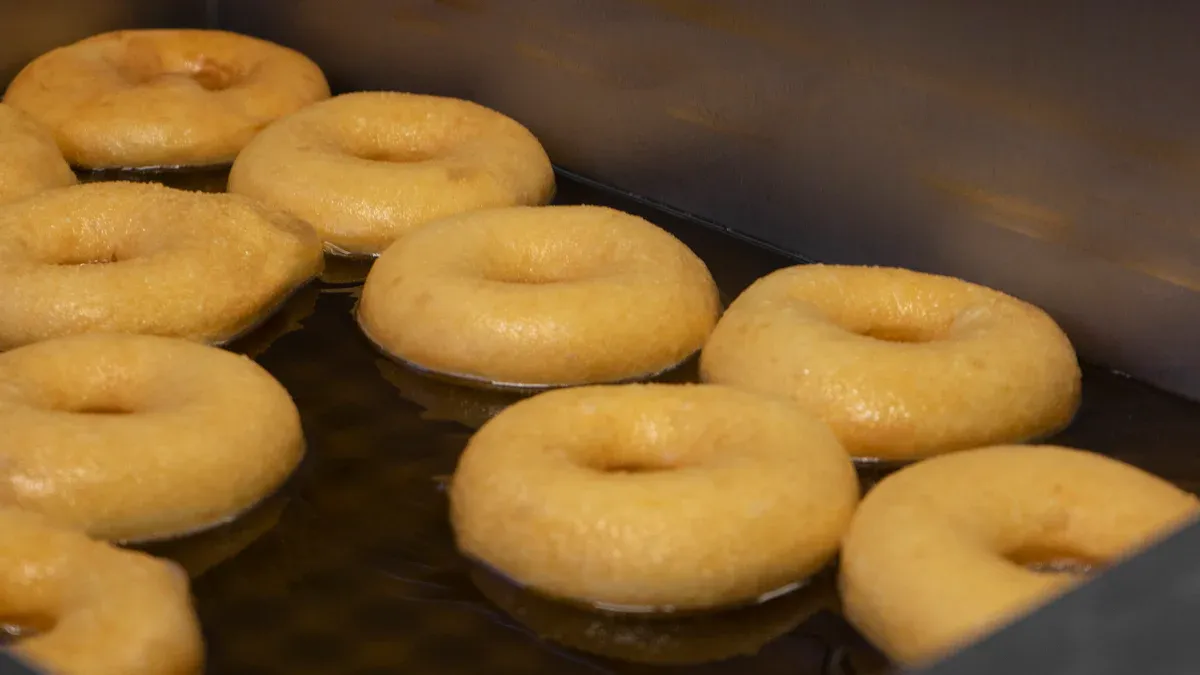
Cost Savings and Extended Oil Life
Using a Cooking Oil Filtration Device can significantly reduce your restaurant’s expenses. By filtering impurities and extending the life of your cooking oil, you minimize the need for frequent oil replacements. For instance:
- Frylow technology has been shown to extend frying oil life by up to 150%.
- Restaurants using this technology report up to 50% less oil consumption.
- Many establishments achieve a return on investment within two to three months, saving approximately $500 monthly.
Efficient filtration systems also reduce waste by keeping oil clean and safe for reuse. This means fewer oil purchases and lower disposal costs, directly impacting your bottom line.
Improved Food Quality and Consistency
Clean oil is essential for producing high-quality, consistent food. Filtration devices remove contaminants that can alter the taste and texture of fried items. When you use filtered oil, your food retains its intended flavor and appearance, enhancing customer satisfaction. Additionally, consistent oil quality reduces the risk of cross-contamination, ensuring every dish meets your restaurant’s standards.
Tip: Regularly filtering your oil not only improves food quality but also helps maintain your restaurant’s reputation for excellence.
Reduced Environmental Impact
Cooking Oil Filtration Devices contribute to sustainability by reducing oil waste. Extending oil life means fewer resources are used in production and transportation. This lowers your restaurant’s carbon footprint. Moreover, less frequent oil disposal reduces the strain on waste management systems, making your operations more eco-friendly.
Enhanced Kitchen Efficiency
Filtration devices streamline kitchen operations by automating the oil cleaning process. This saves time and reduces labor costs. Portable and built-in systems allow you to filter oil without interrupting your workflow. With cleaner oil, your fryers operate more efficiently, consuming less energy and reducing wear and tear. These improvements create a safer and more productive kitchen environment.
Best Practices for Using Cooking Oil Filtration Devices
Regular Skimming and Cleaning
Regular skimming and cleaning are essential for maintaining the performance of your Cooking Oil Filtration Device. Skimming removes food particles and debris from the oil’s surface, preventing them from breaking down and contaminating the oil. Cleaning the device and its components ensures optimal filtration efficiency. Follow the manufacturer’s maintenance guidelines to extend the lifespan of your equipment and minimize downtime. Proper cleaning also helps your device comply with environmental regulations, making your kitchen operations more sustainable.
Monitoring Oil Quality
Monitoring oil quality helps you determine when to filter or replace the oil. Test the oil regularly to check for signs of degradation, such as dark color, unpleasant odor, or excessive foaming. Advanced filtration systems often include built-in sensors to monitor oil condition in real-time. By keeping a close eye on oil quality, you can maintain food safety and consistency while extending the oil’s usability. Daily filtration is recommended for high-volume kitchens to ensure the best results.
| Best Practice | Description |
|---|---|
| Regular Filtration | Filter fryer oil at least once daily to maintain food quality and safety. |
| Maintenance | Test oil quality regularly to prevent breakdowns and safety hazards. |
| Use Modern Systems | Implement advanced systems to enhance oil longevity and food quality. |
Maintaining Filtration Devices
Proper maintenance of your filtration device is crucial for its long-term performance. Inspect and clean the filter elements regularly to prevent clogging. Replace worn-out parts as needed to avoid disruptions. Automated systems, like those found in ZANYO devices, simplify maintenance with features such as back-flush cleaning. Consistent upkeep ensures your device operates efficiently, reducing energy consumption and extending oil life.
Staff Training on Oil Handling
Training your staff on proper oil handling practices is vital for maximizing the benefits of your filtration device. Teach them how to skim oil, monitor its quality, and operate the filtration system correctly. Well-trained staff can identify issues early and take corrective actions, ensuring smooth kitchen operations. Regular training sessions also promote a culture of responsibility and efficiency in your restaurant.
Tip: Encourage your team to follow a daily checklist for oil maintenance tasks. This ensures consistency and prevents oversight.
Cooking Oil Filtration Devices help you extend oil life, reduce costs, and improve food quality. By maintaining these devices and following best practices, you can achieve greater sustainability. Cleaner oil enhances food consistency, lowers waste, and improves kitchen efficiency. These benefits make filtration devices essential for modern restaurant operations.
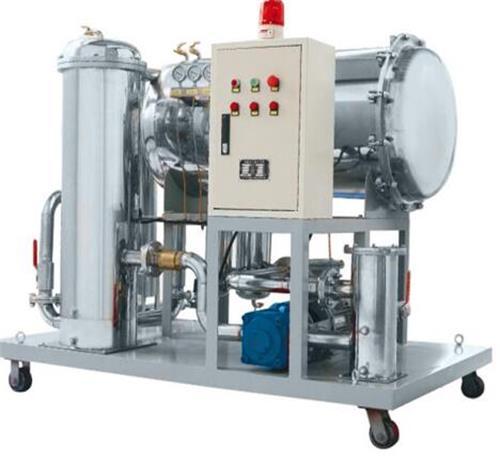
FAQ
How often should you filter your cooking oil?
You should filter your cooking oil daily, especially in high-volume kitchens. Regular filtration ensures better food quality, extends oil life, and reduces waste.
Can you use a filtration device for all types of cooking oil?
Yes, most filtration devices, including ZANYO’s, work with various cooking oils like vegetable, canola, and peanut oil. Always check the manufacturer’s specifications for compatibility.
What are the signs that your oil needs filtering?
Look for dark color, unpleasant odor, or excessive foaming. These signs indicate oil degradation. Filtering immediately can restore its quality and prevent food contamination.
Tip: Use advanced filtration systems with built-in sensors to monitor oil quality in real-time for optimal results.

